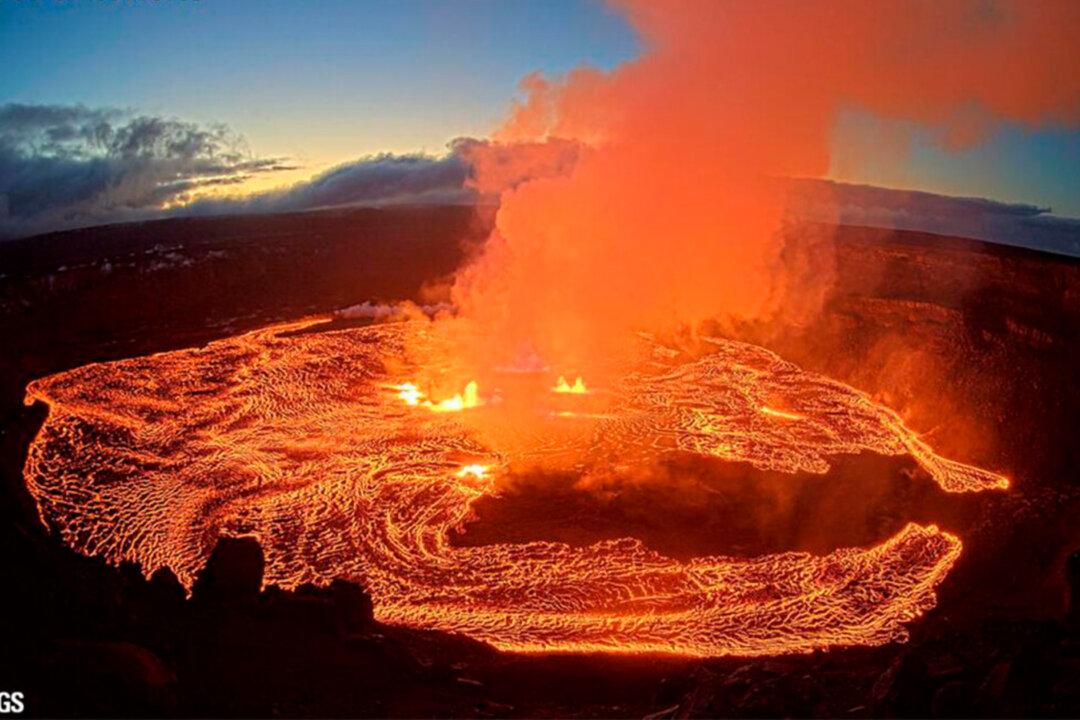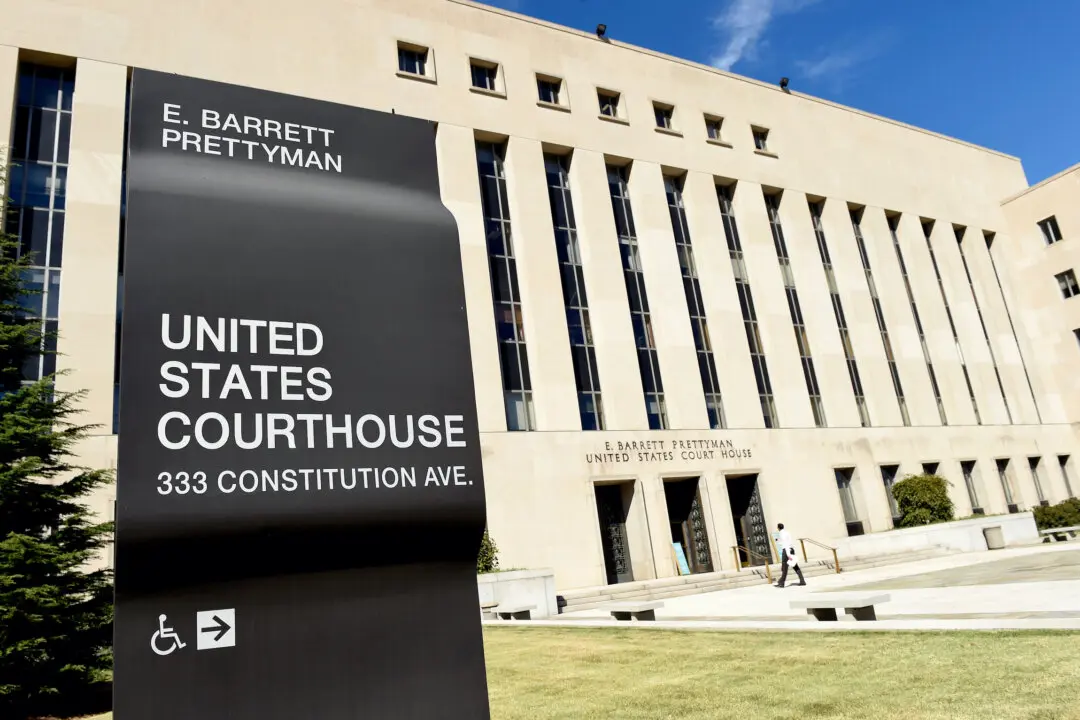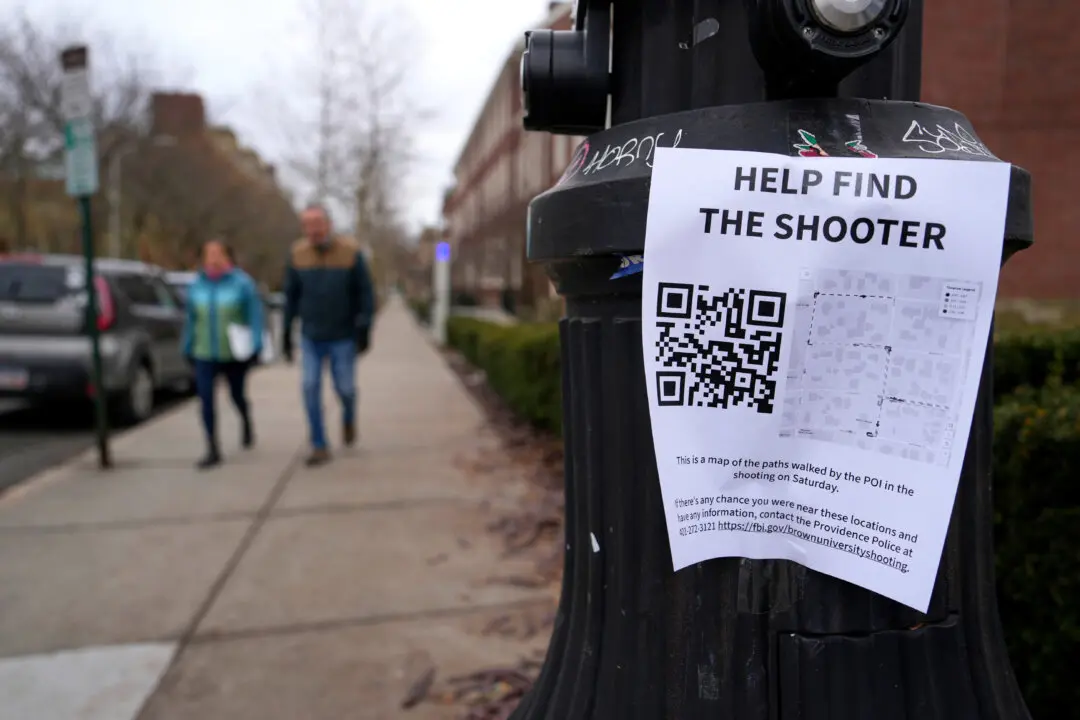HONOLULU — Kilauea, one of the most active volcanoes in the world, began erupting in the early hours of June 7, after a three-month pause, displaying spectacular fountains of mesmerizing, glowing lava at a safe distance from people and structures in a national park on the Big Island.
A glow was detected in webcam images from Kilauea’s summit early in the morning, indicating an eruption within the Halemaumau crater in the summit caldera, the U.S. Geological Survey’s Hawaiian Volcano Observatory said.






